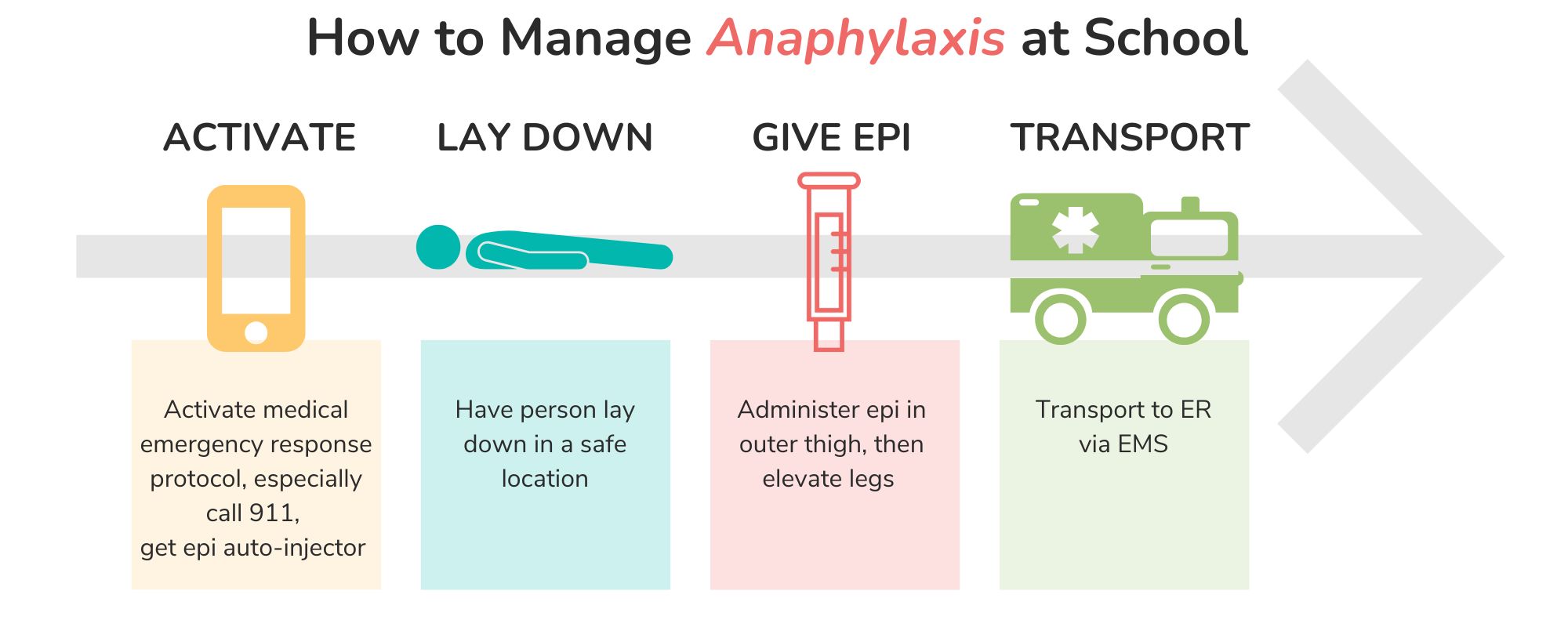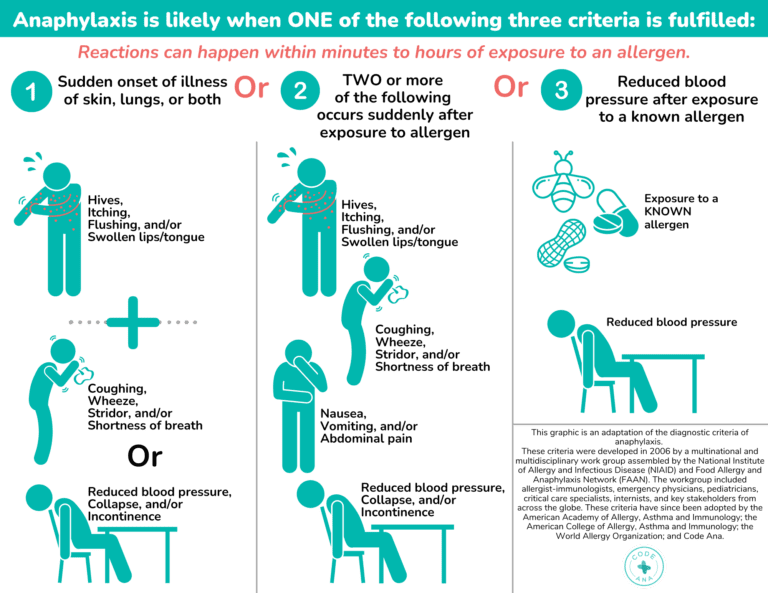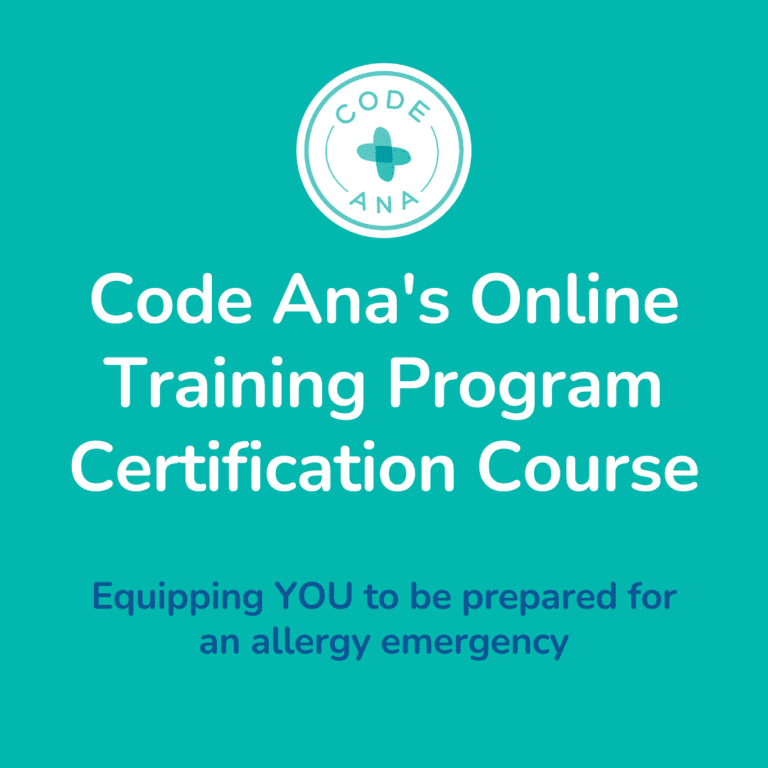Anaphylaxis Emergencies
Stop anaphylaxis with epinephrine.
Anaphylaxis Emergencies
Be prepared to manage a life-threatening allergic reaction.
Anaphylaxis is a serious reaction that can be caused by a number of different allergens, including foods, drugs, and insects. If not treated immediately, anaphylaxis can be fatal. Epinephrine is the first-line treatment for anaphylaxis, and it can save a life if administered quickly and correctly. That’s why it’s so important to recognize anaphylaxis and know when to administer epinephrine. With the right training, you could be the one to make all the difference in a life-threatening situation. Code Ana provides that training for you.
Delayed administration can be deadly.
Anaphylaxis is a serious reaction that can be caused by a number of different allergens, including foods, drugs, and insects. If not treated immediately, anaphylaxis can be fatal. Epinephrine is the first-line treatment for anaphylaxis, and it can save a life if administered quickly and correctly. That’s why it’s so important to recognize anaphylaxis and know when to administer epinephrine. With the right training, you could be the one to make all the difference in a life-threatening situation. Code Ana provides that training for you.

Recognize
How to identify a severe allergic reaction - anaphylaxis.
Anaphylaxis can manifest in different ways for different people. However, there are three definitions of anaphylaxis. Anaphylaxis is dependent on direct exposure to the allergen – ingestion is required for anaphylaxis in food allergy.

Risk Factors
Exercise
Exercise can exacerbate severe allergic reactions and can increase the chances of anaphylaxis in those with allergy.
History of Anaphylaxis
If a child has previously had an anaphylaxis emergency before, the chance that they will have another one is likely.
Respond
When you see a anaphylaxis emergency, follow this protocol:

Activate your medical emergency response protocol including calling 911 immediately and fetching epinephrine immediately.

Have the person lay down in a safe location.

Administer epinephrine in the outer thigh as soon as epinephrine arrives then elevate legs

Transport to ER via EMS.
Recommended School-Focused Anaphylaxis Emergency Education
Click on the logos below to learn more about each program, and check out Code Ana’s Epi Training Video below!
Our certification program, used across the country, provides education to recognize and respond to anaphylaxis. This includes the proper use of an epinephrine auto-injector, such as an EpiPen or AuviQ.
Prepare your school for stock epinephrine and anaphylaxis with education for all staff and students in this comprehensive program.
Find your state's stock epinephrine law!
- No Stock Epinephrine Legislation
- Only School Epinephrine Laws
- School, Childcare Center, and Non-School Entity Epinephrine Laws
- School & Non-School Entity Laws
- Individual Epinephrine Law
- School & Childcare Center Epinephrine Laws
- School & Individual Epinephrine Laws
Get Prepared For All Emergencies
Feel equipped for this emergency? Take the steps to get prepared for another one.





